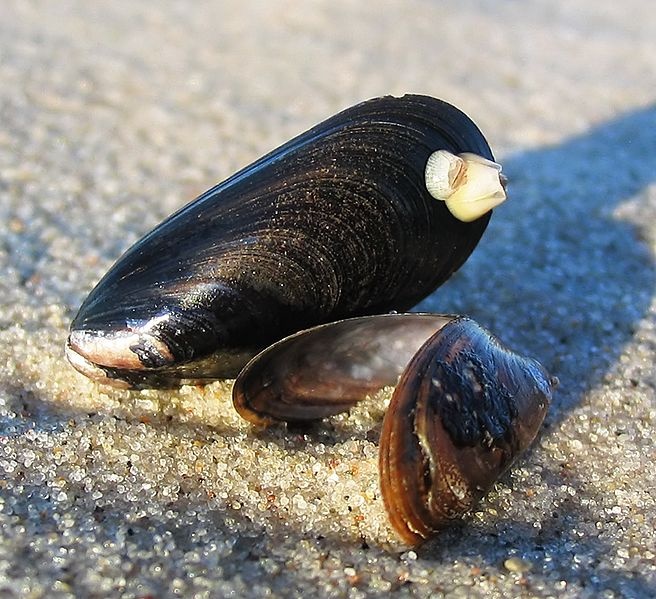Effects of increased suspended solid concentrations
During the dredging process a sand-water mixture is pumped up from the seabed into the hold of the dredging vessel. Although most of the sandy part of this mixture settles in the hold, the excess transport water containing fine sand particles flows back into the sea causing a ‘dredging plume’ near the dredging vessel. As a result of tidal currents and wave action, this dredging plume will be spread over a larger area. A direct effect of increased suspended particle concentrations in the water column is a higher turbidity level and less light penetration. This may affect phytoplankton productivity and consequently food supply to higher trophic levels. The actual impact may be local and restricted in time, although when dredging takes place at the seaward end of an estuary, for instance, a larger water mass may be affected. Potential ecological implications consist of significant decreases in biomass and productivity of phytoplankton, zooplankton and filter-feeding benthos such as Mytilus edulis. For instance, deposition of sediment layers of 1-2 cm thickness can result in increased mortality.

1. Effects of dredging on blue mussel Mytilus edulis
2. Ecology of blue mussel Mytilus edulis
3. Feeding and food selection by filter feeders
